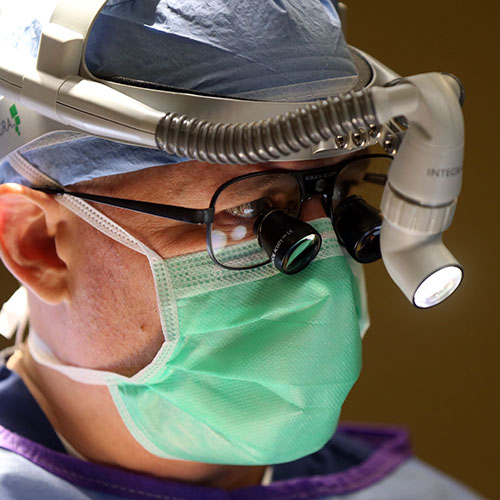Primary Care Physician Partner
Currently, patients with chronic neurogenic pain will inevitably be consigned to the pain management realm. Being able to recognize peripheral nerve problems and have them treated appropriately can spare your patients a lifetime of narcotic use along with the associated side effects. Ironically, a common bond these patients share is that despite being on high doses of narcotics, they usually experience surprisingly poor pain control.
The more confusing a patient’s pain problem seems, the more diagnostic testing seems to be unable to identify the source of the pain, and the more all the usual treatment modalities fail to provide your patient with pain relief, the more likely it is that they are dealing with some type of peripheral nerve pathology.
While incredible advances have been commonplace throughout almost all other branches of medicine over the last 200 years, many types of debilitating chronic pain problems have resisted any and all attempts at a solution. Many types of these chronic pain problems share a common thread that is poorly understood by physicians across the medical spectrum – the root cause of the pain involves peripheral nerve pathology. As an anatomical system, peripheral nerves are essentially the re-headed stepchild of the bunch, largely ignored while other surgical subspecialties rapidly developed to treat pathology involving all the other anatomic systems in the body. The important role that peripheral nerves play in many types of chronic pain that have heretofore been considered “untreatable,” as well as the development of a new field of surgery which is providing exciting, revolutionary solutions for patients suffering with this kind of pain, is without a doubt the “best kept secret” in medicine.
The reason for this has to do with a combination of the complexity of peripheral nerve anatomy, the complete lack of meaningful instruction regarding recognition and diagnosis of peripheral nerve pathology across physicians of all stripes during their training years, and the heavy historical reliance on narcotic pain medication for the treatment of chronic pain. As a result, with a few exceptions, the approach to treating chronic pain has evolved into a “one size fits all” approach. Chronic pain is more or less viewed as a homogenous disease and pain medication the cure. The dirty little secret that no one really wants to acknowledge, however, is that for many chronic pain patients, this approach produces consistently horrible results. For too many patients with chronic pain problems, all the bells and whistles that the field of modern pain management has to offer them notwithstanding, gnawing, soul-shattering pain is a constant companion.

This usually takes the form of nerve compression, stretch-traction injury, nerve entrapment in scar tissue, or physical damage (laceration, or crush injury) to the nerve resulting in a neuroma. Fundamentally, these types of pathologies all represent a mechanical problem with the nerve. This is also the reason why even high doses of narcotic pain medication as well as medications like Gabapentin and Lyrica are typically ineffective at treating nerve pain of peripheral origin. For this type of nerve pathology, only surgical intervention, with its ability to physically change or eradicate the root cause of the problem by decompressing a compressed nerve or excising a painful neuroma, has the ability to eliminate the pain generating source permanently. To treat peripheral nerve problems pharmacologically makes about as much sense as treating a displaced femur fracture with ibuprofen in hopes that the pain will simply go away.
So, in practical terms, how can a primary care physician tell if the patient sitting in front of them is suffering from pain stemming from peripheral nerve pathology vs some other source.
Although the majority of peripheral nerve-related chronic pain problems fall into one of these categories, unique patients are common and often a particular surgical procedure or approach has to be developed or tailored to meet the requirements of a particular problem.
